Home>Interior Design>How High To Hang Pictures From Interior Design Experts
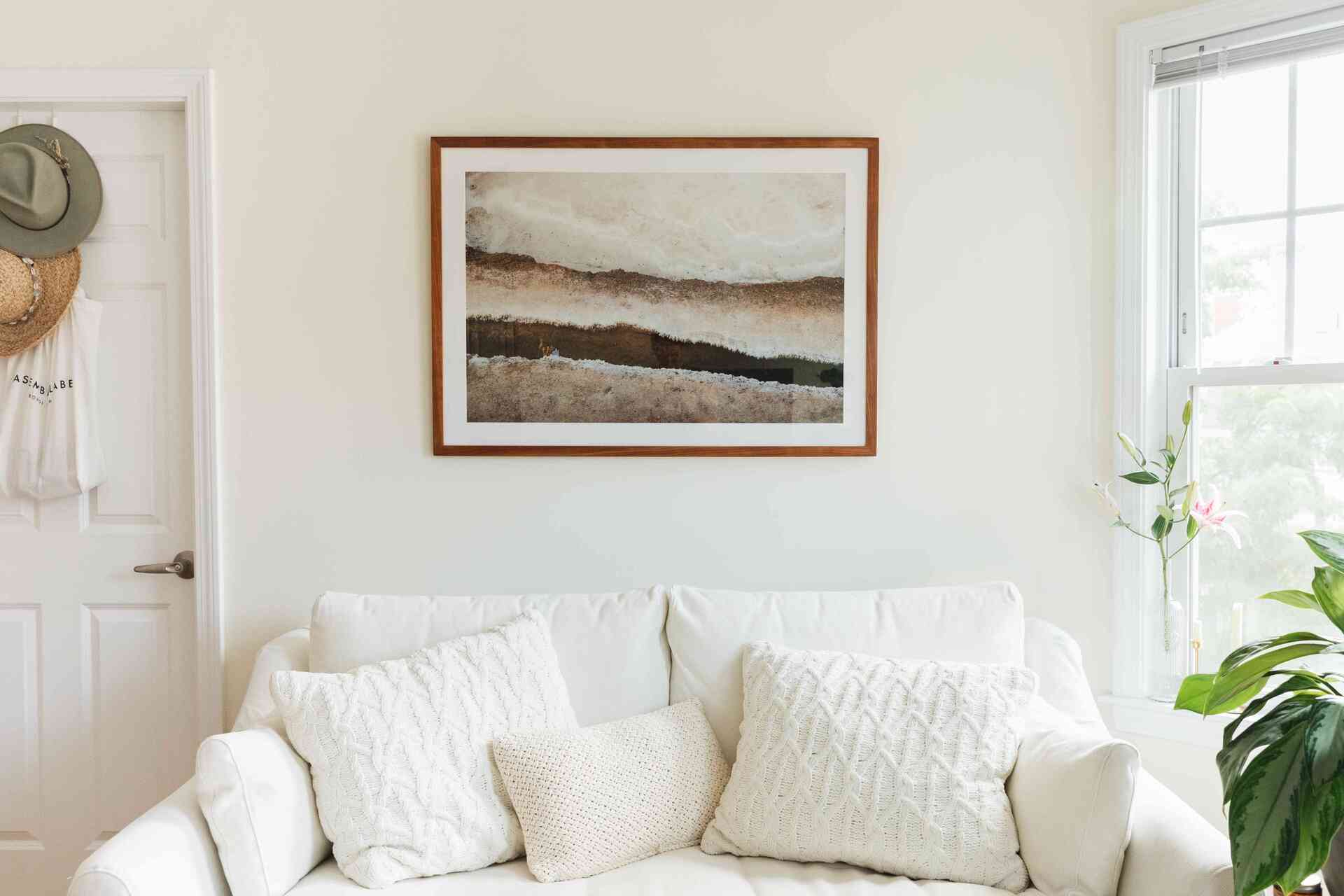

Interior Design
How High To Hang Pictures From Interior Design Experts
Modified: October 18, 2024
Discover expert tips on how high to hang pictures from interior design professionals. Elevate your interior design skills with insightful advice on picture placement.
(Many of the links in this article redirect to a specific reviewed product. Your purchase of these products through affiliate links helps to generate commission for Storables.com, at no extra cost. Learn more)
Introduction
When it comes to interior design, every detail matters. From furniture arrangement to color schemes, each element is carefully chosen to create a harmonious and visually appealing space. Among these details, hanging pictures on the walls is a crucial aspect that can make or break the overall aesthetic.
Properly hanging pictures not only adds personality and character to a room, but it also helps to create a focal point and provides an opportunity to showcase beautiful artwork, family photos, or cherished memories. But how high should you hang pictures? This is a common question that many people struggle with.
In this article, we will delve into the importance of properly hanging pictures and explore various factors to consider. We will also provide height guidelines based on expert advice from interior design professionals. So, whether you’re a DIY enthusiast or working with a professional designer, this guide will help you achieve picture-perfect walls in your home.
Key Takeaways:
- Elevate your space with picture-perfect walls by following expert height guidelines and tips. Create a visually striking display that reflects your personal style and infuses warmth and personality into your home.
- Properly hanging pictures is not just about aesthetics, it’s about creating a personalized and visually appealing space. Consider factors like wall height, furniture placement, and lighting to achieve a cohesive and meaningful arrangement.
Read more: How High To Hang Pictures Above Bed
The Importance of Properly Hanging Pictures
Hanging pictures may seem like a simple task, but it plays a significant role in the overall aesthetic and visual impact of a room. Here are a few reasons why properly hanging pictures is important:
- Enhances the Visual Appeal: Hanging pictures at the right height and in proportion to the surrounding elements can enhance the visual appeal of a space. It can bring balance, depth, and interest to bare walls, transforming them into captivating focal points.
- Creates a Personalized Space: Pictures are a reflection of your personality and style. By hanging your favorite artwork, family photos, or personal mementos, you can infuse warmth and personal touch into your home. It gives your space a sense of identity and makes it feel uniquely yours.
- Defines the Room’s Ambience: Well-placed pictures can set the mood and ambiance of a room. For instance, a collection of serene landscape photographs can create a calming and peaceful atmosphere, while vibrant and bold artwork can bring energy and vibrancy to a space.
- Highlights Architectural Features: Pictures can be strategically placed to draw attention to architectural features such as windows, fireplaces, or focal walls. They can help emphasize certain elements and create a sense of cohesion in the room’s design.
- Offers a Conversation Starter: Artwork and pictures can serve as great conversation starters. Whether it’s a thought-provoking painting or a photo that holds special memories, they can spark interesting discussions and provide a source of inspiration and connection within your home.
Clearly, the proper hanging of pictures is not just a matter of aesthetics, but it also has a significant impact on the overall ambiance and feel of a room. Taking the time to hang pictures correctly can elevate your home’s interior design and create a space that is visually stunning and meaningful to you.
Factors to Consider
Before you start hanging pictures, it’s important to consider several factors that can impact the overall arrangement and placement. These factors include:
- Wall Height and Ceiling Height: The height of your walls and ceilings will determine the scale and size of the pictures you can hang. Taller walls provide more space for larger artwork or a gallery wall, while lower ceilings may require smaller or vertically-oriented pictures.
- Wall Color and Texture: The color and texture of your walls can influence the choice of pictures and frames. Lighter walls can accommodate darker or more vibrant artwork, while textured walls may require more minimal and simple frames to avoid overwhelming the space.
- Furniture and Room Layout: Consider the furniture and room layout when deciding on the placement of pictures. Pictures should be hung in relation to the furniture, ensuring they are not obstructed and maintain a balanced composition within the space.
- Lighting: Natural and artificial lighting can affect how pictures appear on the walls. Take into account the placement of light sources and avoid hanging pictures in direct sunlight, as it can cause fading over time. Use lighting fixtures to accentuate the artwork if desired.
- Style and Theme: Consider the style and theme of your room when selecting and hanging pictures. Ensure that the artwork or photographs complement the overall aesthetic and design scheme. For example, in a minimalist space, choose simple and clean-lined frames, while in a traditional room, opt for ornate frames.
- Personal Preference and Storytelling: Ultimately, your personal preference and the story you want to tell through your pictures should guide your decisions. Choose artwork that resonates with you and reflects your interests and passions. Create a narrative through the arrangement, whether it’s showcasing travel photos or a collection of family portraits.
Considering these factors will help you create a cohesive and visually pleasing display of pictures in your home. Take the time to evaluate your space and the desired effect you want to achieve, as it will guide you in making informed decisions when it comes to hanging pictures.
When hanging pictures, the general rule of thumb is to position the center of the artwork at eye level, which is typically around 57-60 inches from the floor. This ensures that the artwork is easily visible and creates a cohesive look in the space.
Height Guidelines for Hanging Pictures
One of the most common questions when it comes to hanging pictures is how high should they be placed on the wall. While there is no one-size-fits-all answer, there are some general guidelines that can help you achieve optimal placement:
- Eye Level: A good starting point for hanging pictures is to position the center of the artwork at eye level. This is typically around 57 to 60 inches from the floor. By doing so, you ensure that the artwork is easily visible and can be appreciated without straining the neck.
- Gallery Wall Considerations: If you are creating a gallery wall with multiple pictures, maintain a consistent height throughout. This can be achieved by aligning the tops or bottoms of the frames. Alternatively, you can create a visually pleasing arrangement by staggering the heights, but keep in mind the overall balance and cohesiveness.
- Furniture Placement: When hanging pictures above furniture, it’s important to maintain a proper distance so they don’t feel disconnected. Aim for the bottom of the frame to be around 6 to 8 inches above the furniture, ensuring a visually pleasing and cohesive look.
- Wall Size: For walls with larger vertical space, consider hanging taller pieces or creating a vertical arrangement. On the other hand, for smaller walls or walls with limited vertical space, opt for smaller and horizontally-oriented pictures.
- Statement Pieces: If you have a large statement piece of artwork or a dramatic photograph, consider placing it at a slightly lower height to create a focal point and draw attention.
- Consider the View: When hanging pictures in spaces where people are often seated, such as dining areas or living rooms, take into account the view. Ensure that the pictures are not obstructing the line of sight or conversation among guests.
These height guidelines should serve as a helpful starting point, but always trust your instincts and make adjustments based on your specific space and preferences. Remember that interior design is subjective, and ultimately, you should create a visual arrangement that brings you joy and reflects your personal style.
Tips from Interior Design Experts
Interior design experts have years of experience in creating visually stunning and well-balanced spaces. Here are some tips from the experts when it comes to hanging pictures:
- Create a Visual Plan: Before you start hanging pictures, lay them out on the floor or create a template with paper cutouts to get a sense of placement and arrangement. This allows you to experiment with different configurations and ensures a well-balanced display.
- Use Proper Tools: Invest in quality picture hanging tools such as a level, measuring tape, and picture hooks. This will help you achieve straight and secure placements while avoiding unnecessary damage to the walls.
- Consider Scale and Proportions: Ensure that the size of the artwork is proportionate to the wall and nearby furniture. Large empty walls can handle bigger and more substantial artwork, while smaller walls may require smaller frames or a gallery-style arrangement.
- Mix and Match: Don’t be afraid to mix different frames, sizes, and art styles. Combining various elements can create an eclectic and dynamic look, adding visual interest and depth to your gallery wall.
- Utilize Symmetry and Balance: Symmetry can create a sense of order and balance in your display. Consider hanging two identical pictures or a pair of framed artwork on either side of a focal point or piece of furniture.
- Experiment with Heights: While eye level is a good starting point, don’t be afraid to deviate from the norm. Playing with heights can add visual intrigue and create a unique composition. Just ensure that the overall arrangement is balanced and visually pleasing.
- Consider Framing Options: Don’t overlook the impact that frames can have on the overall look and feel of your pictures. Choose frames that complement the artwork and the room’s decor. Consider different materials, finishes, and styles to bring out the best in your pictures.
- Regularly Rotate and Refresh: Keep your display interesting and fresh by regularly rotating and refreshing the pictures on your walls. This allows you to showcase different artwork, change the narrative or theme, and avoid visual monotony.
By following these tips from interior design experts, you can hang pictures with confidence and create a visually striking display that enhances your space. Don’t be afraid to get creative and let your personal style shine through!
Read more: How To Hang A Picture From The Ceiling
Conclusion
Hanging pictures may seem like a small detail in interior design, but it holds great importance in creating a visually appealing and personalized space. By following the height guidelines and tips from interior design experts, you can achieve a picture-perfect display that enhances the overall aesthetic of your home.
Properly hanging pictures not only adds character and personality to your space but also creates a focal point and sets the mood of the room. It allows you to showcase your favorite artwork, family photos, or cherished memories, creating a sense of identity and warmth within your home.
When hanging pictures, consider factors such as wall height, wall color, furniture placement, lighting, and your personal preferences. These factors will guide you in making informed decisions and create a cohesive and visually pleasing arrangement of pictures.
Remember to trust your instincts and experiment with different heights, arrangements, and styles. Interior design is subjective, and ultimately, you should create an arrangement that brings you joy and reflects your personal style.
So, whether you’re embarking on a DIY project or collaborating with a professional designer, take the time to carefully hang your pictures. It may seem like a small task, but it can have a profound impact on the ambiance and beauty of your home.
Now it’s time to channel your creativity, grab your tools, and start transforming your walls into captivating works of art!
Frequently Asked Questions about How High To Hang Pictures From Interior Design Experts
Was this page helpful?
At Storables.com, we guarantee accurate and reliable information. Our content, validated by Expert Board Contributors, is crafted following stringent Editorial Policies. We're committed to providing you with well-researched, expert-backed insights for all your informational needs.
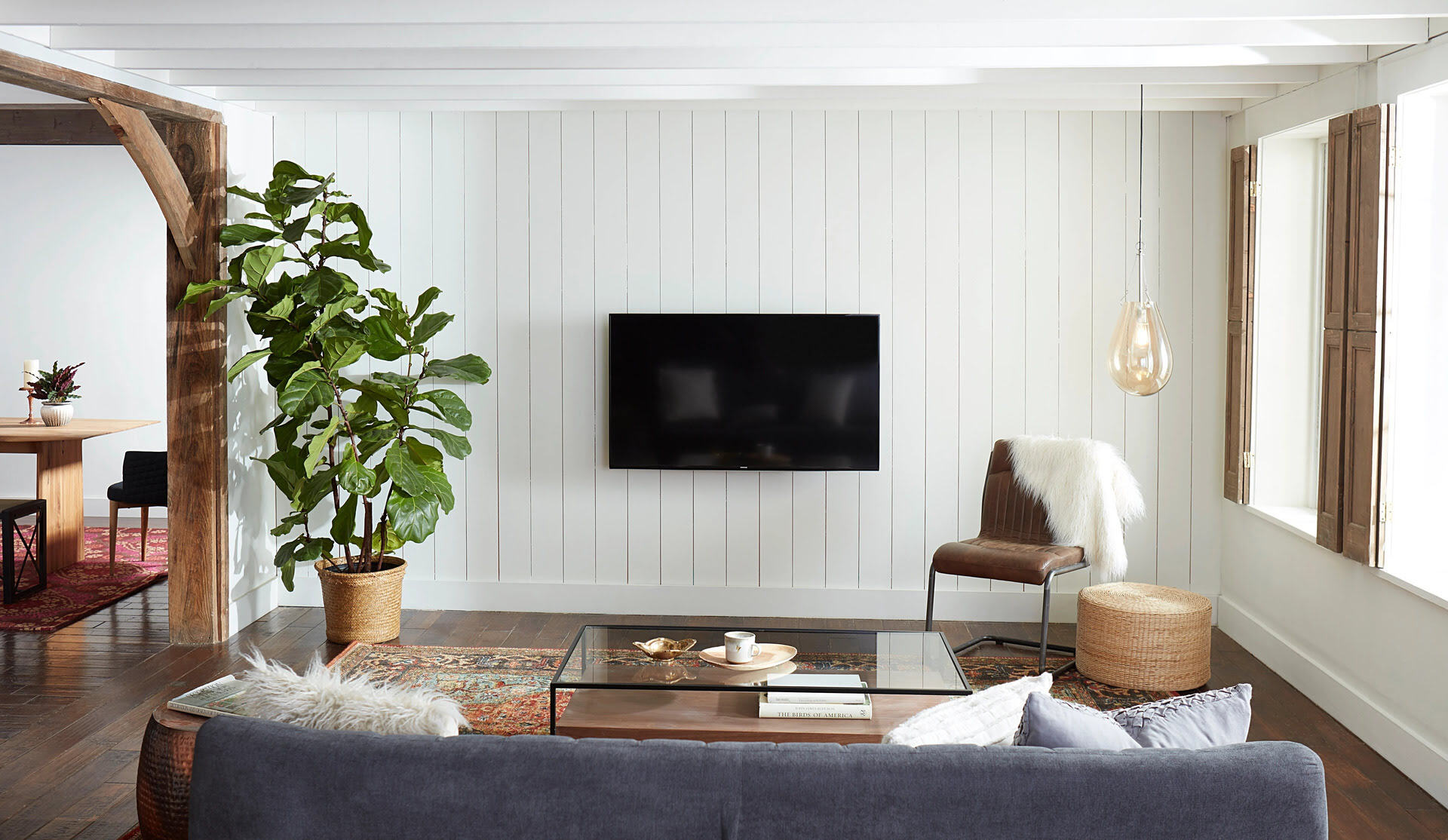
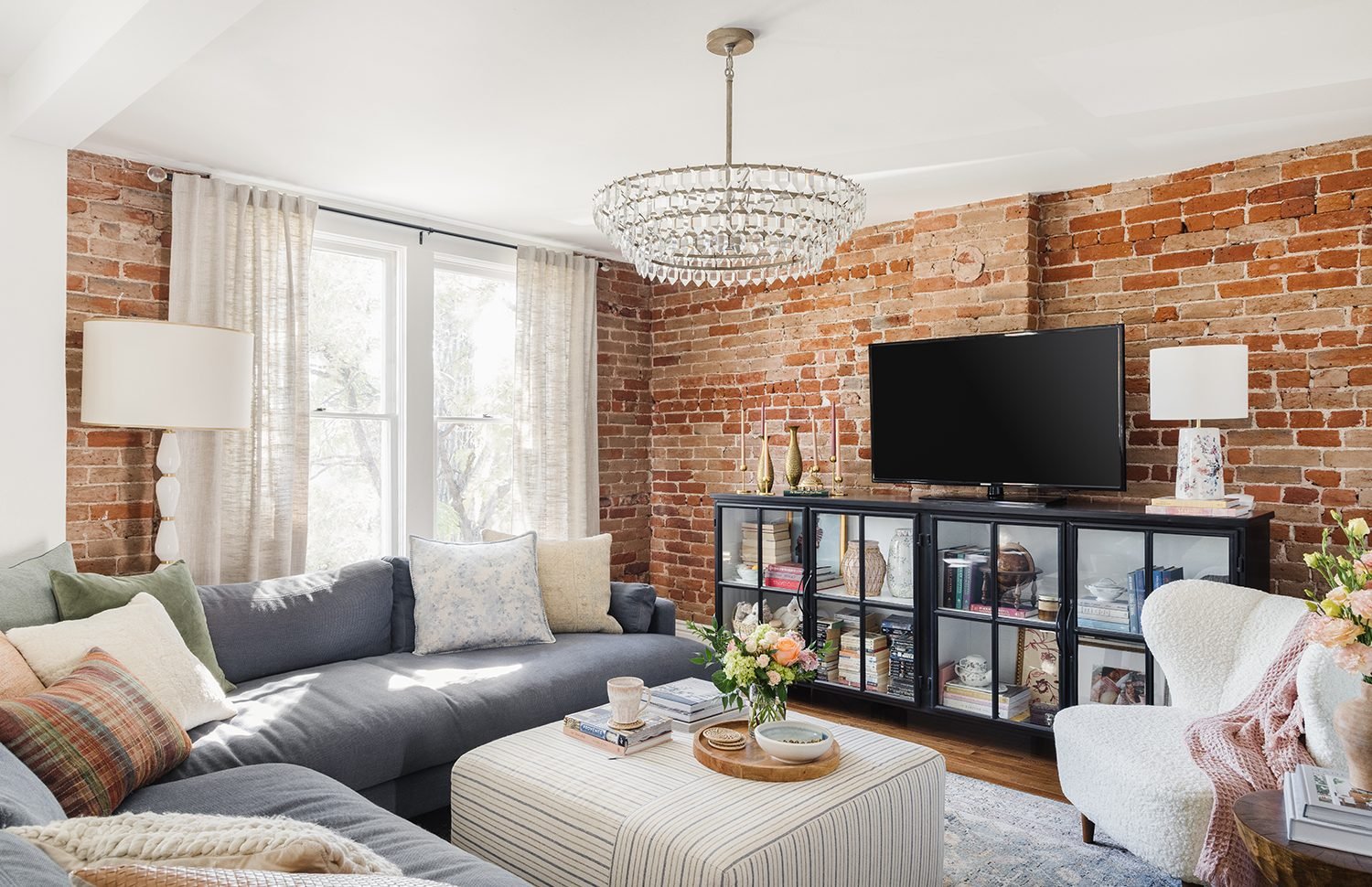
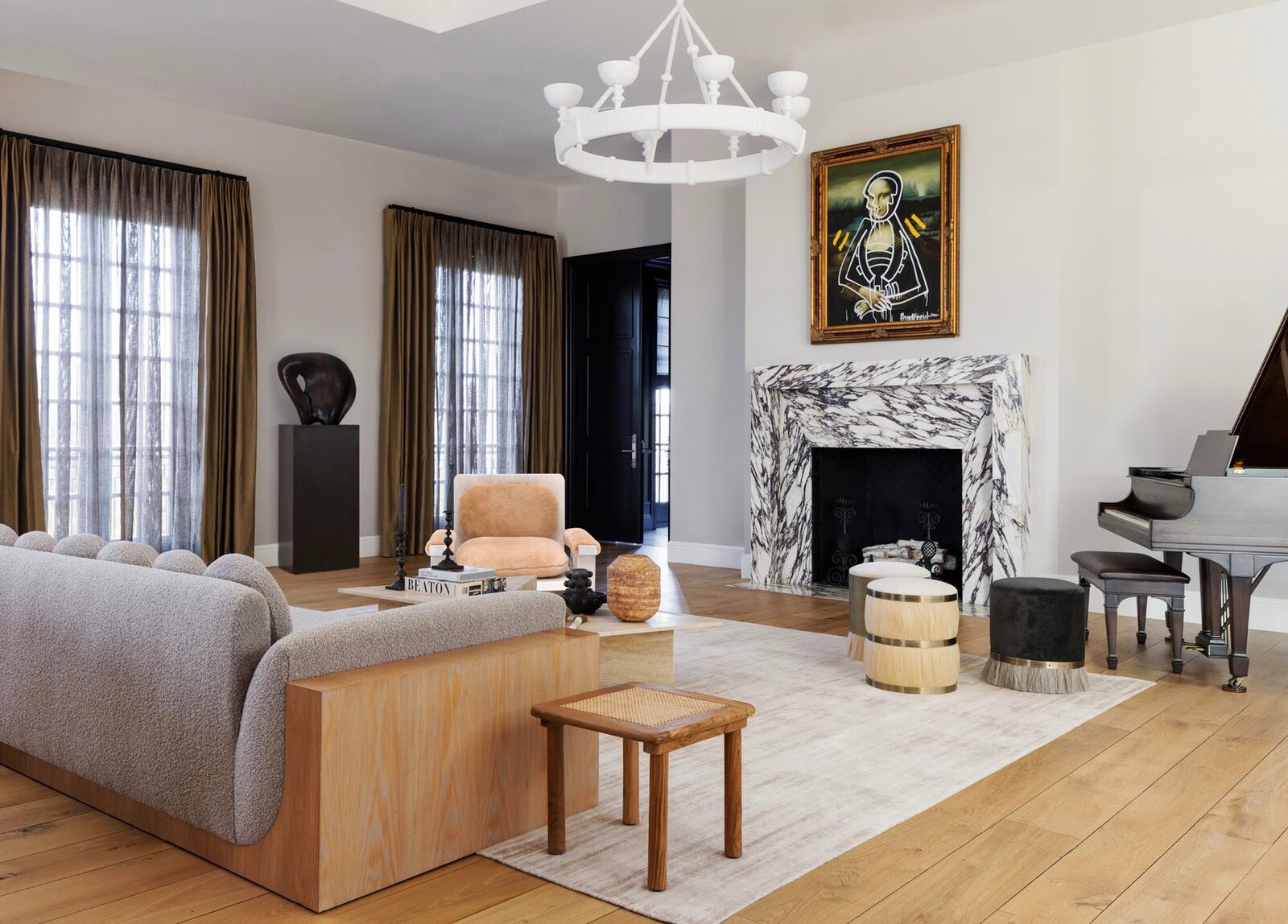
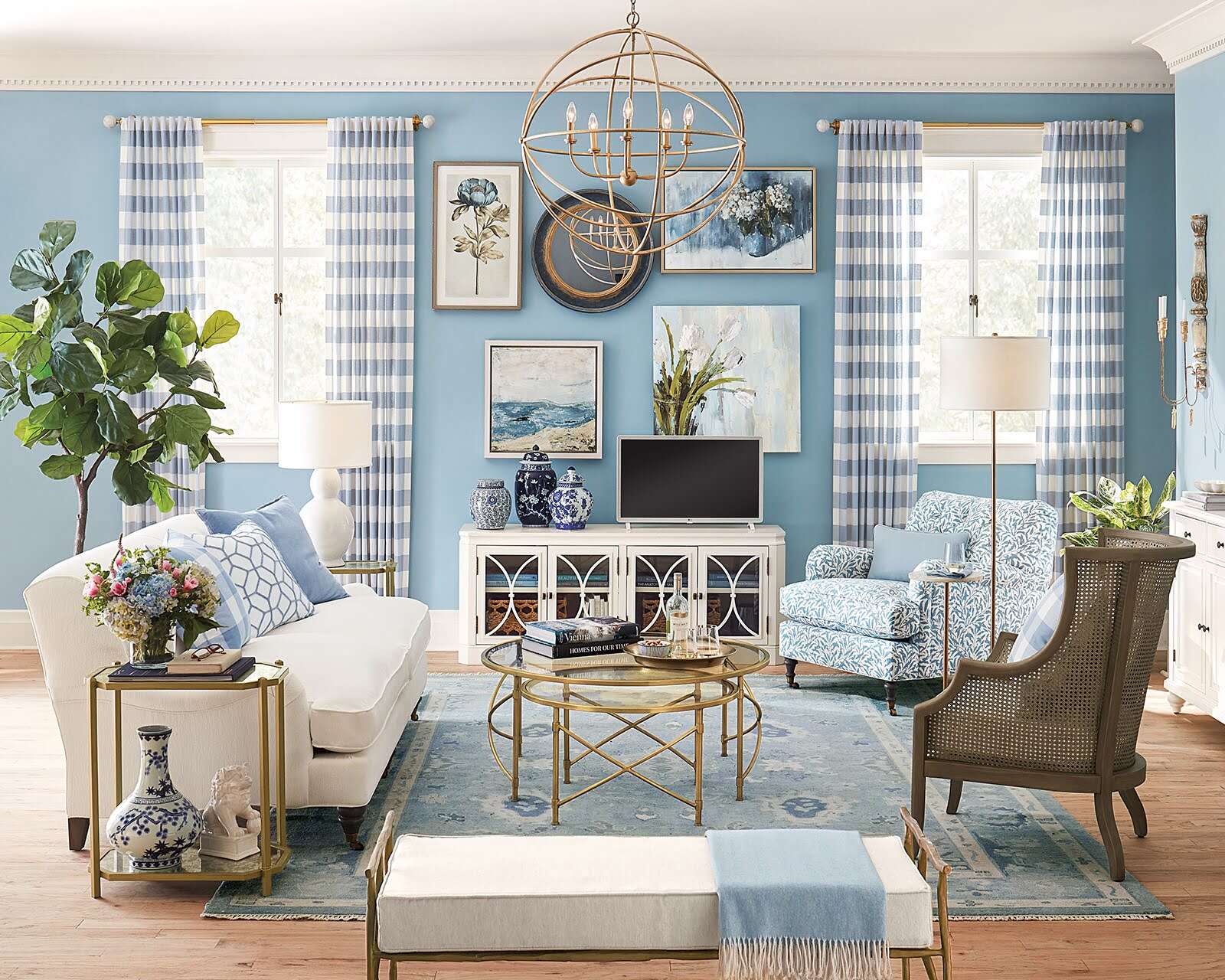
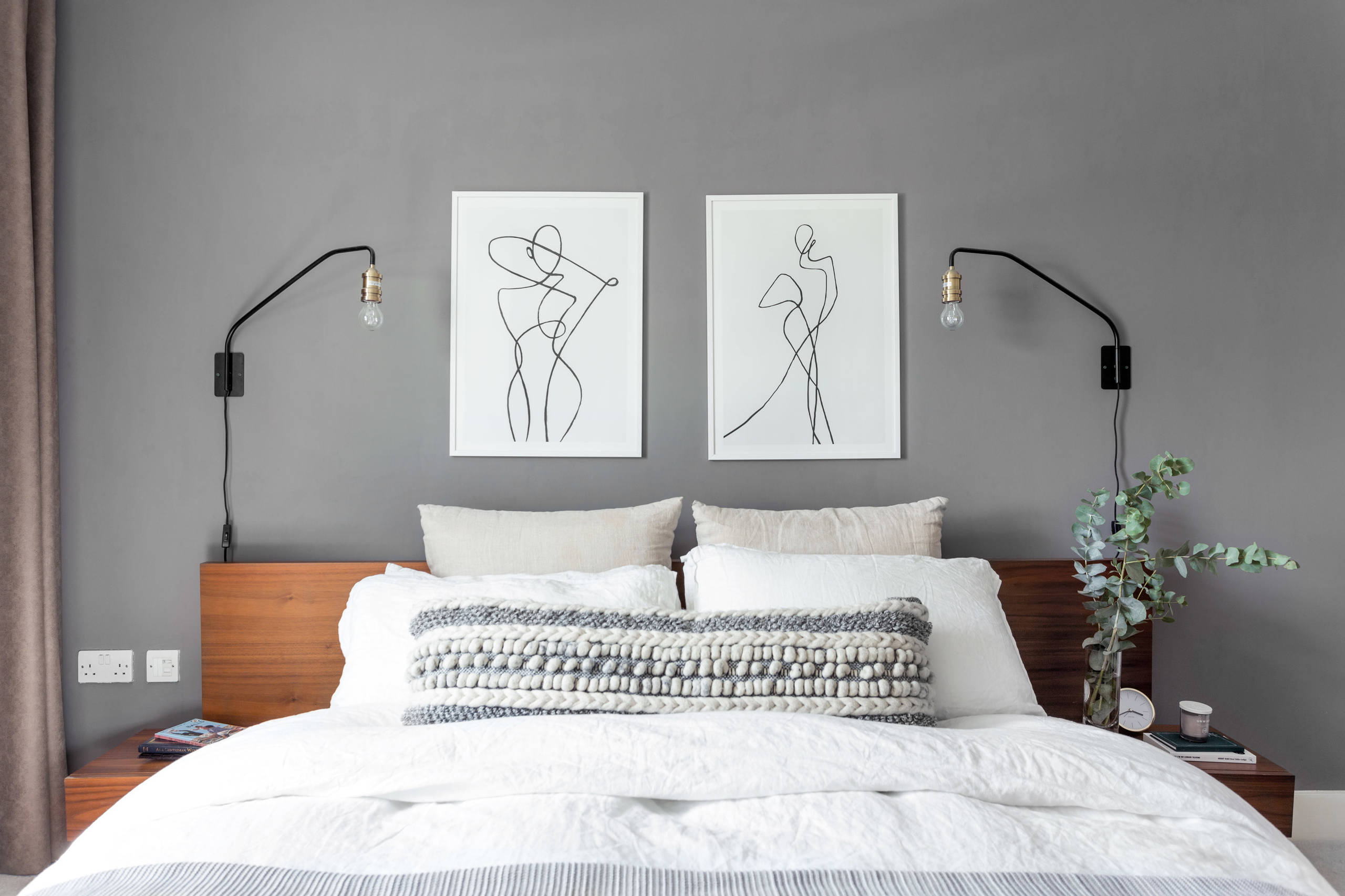
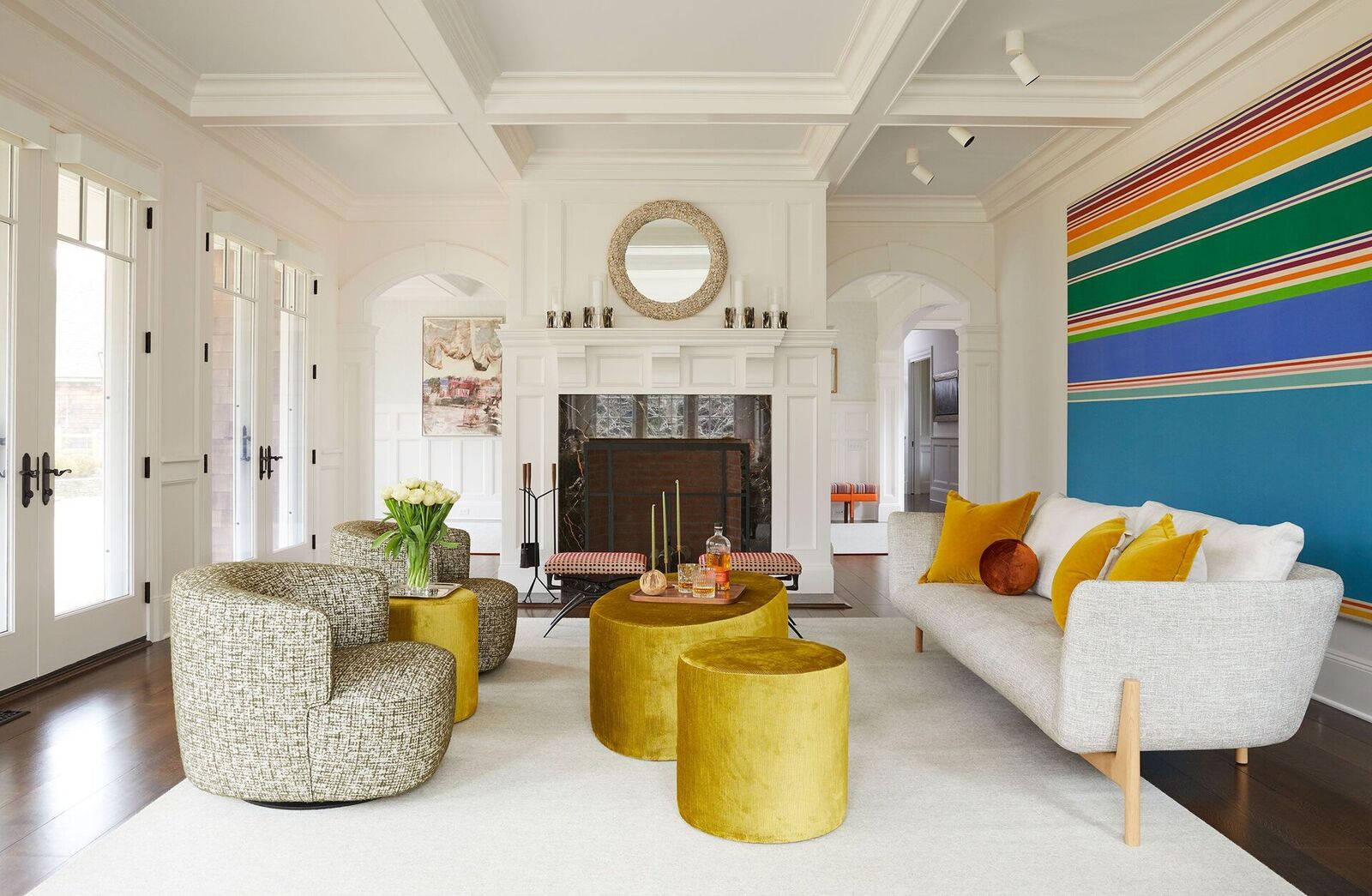
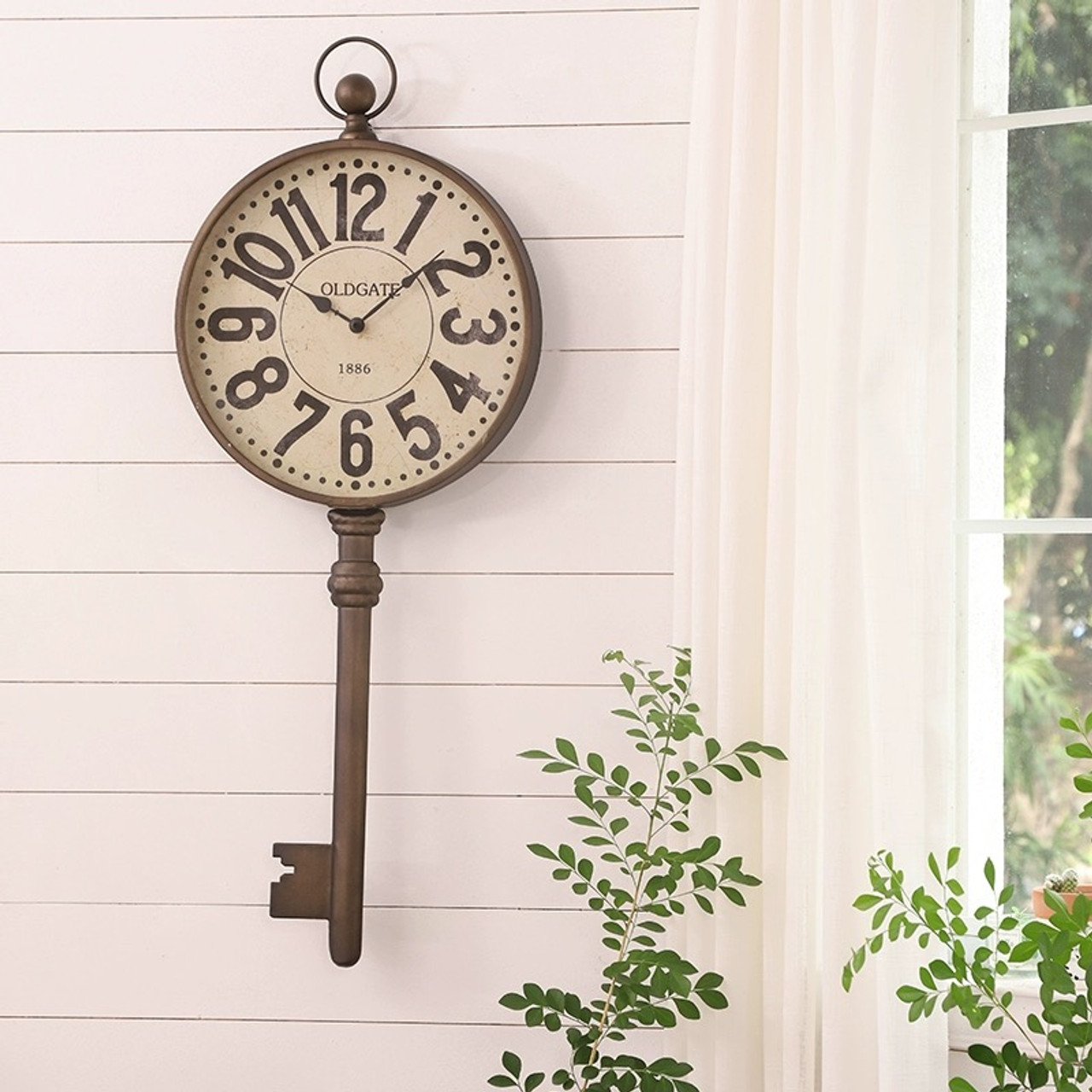
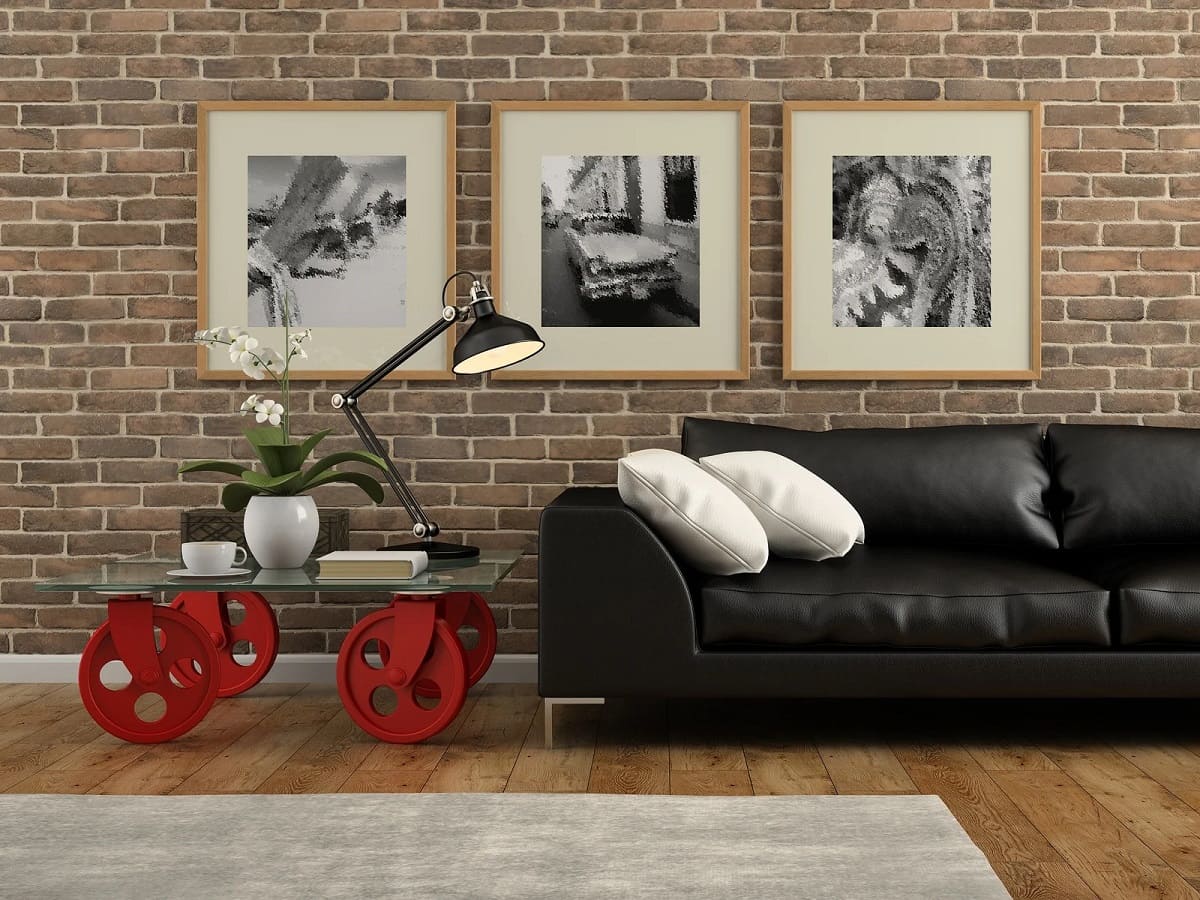
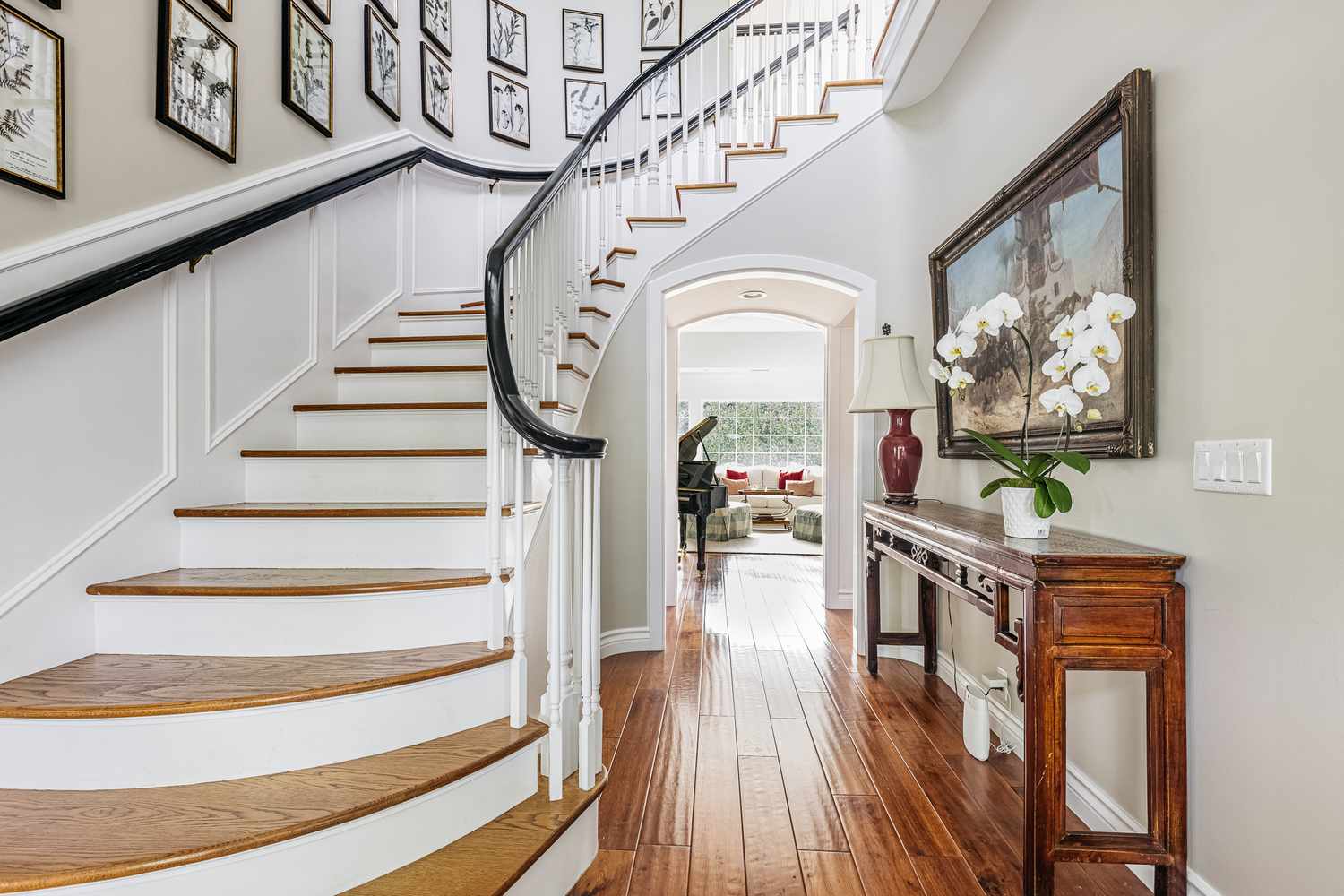
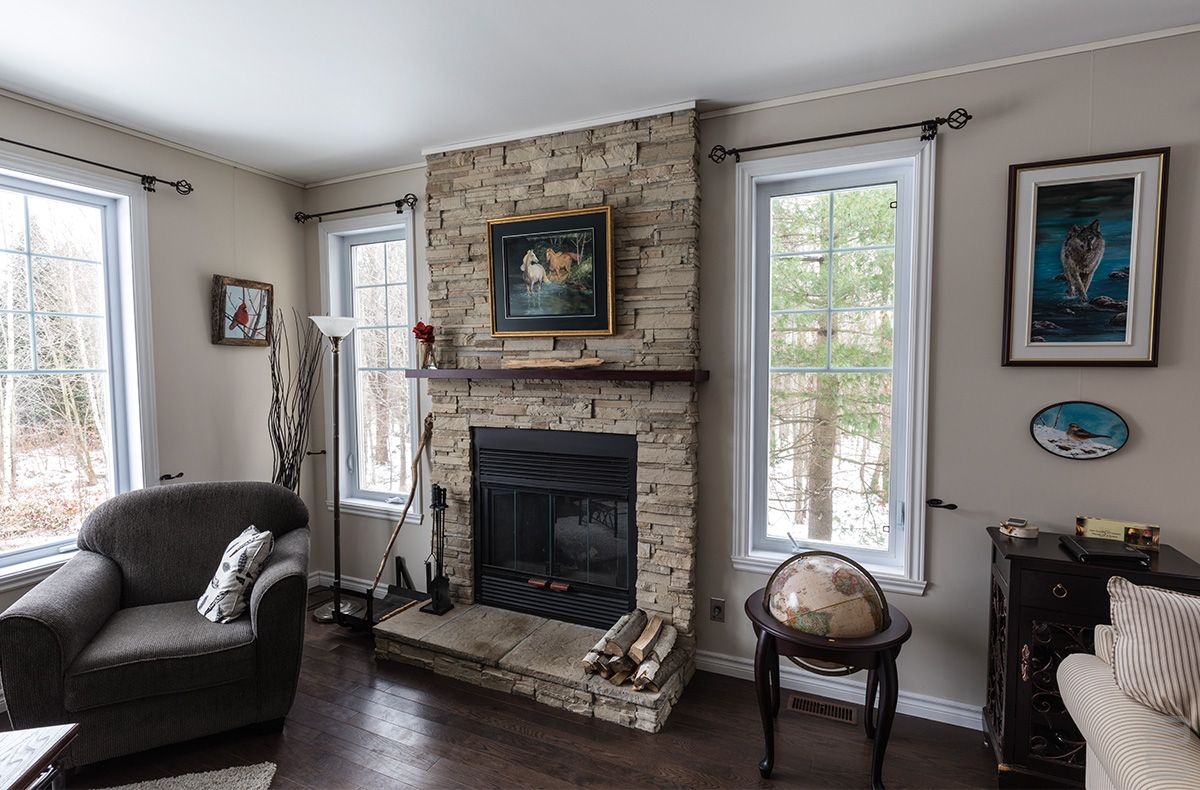
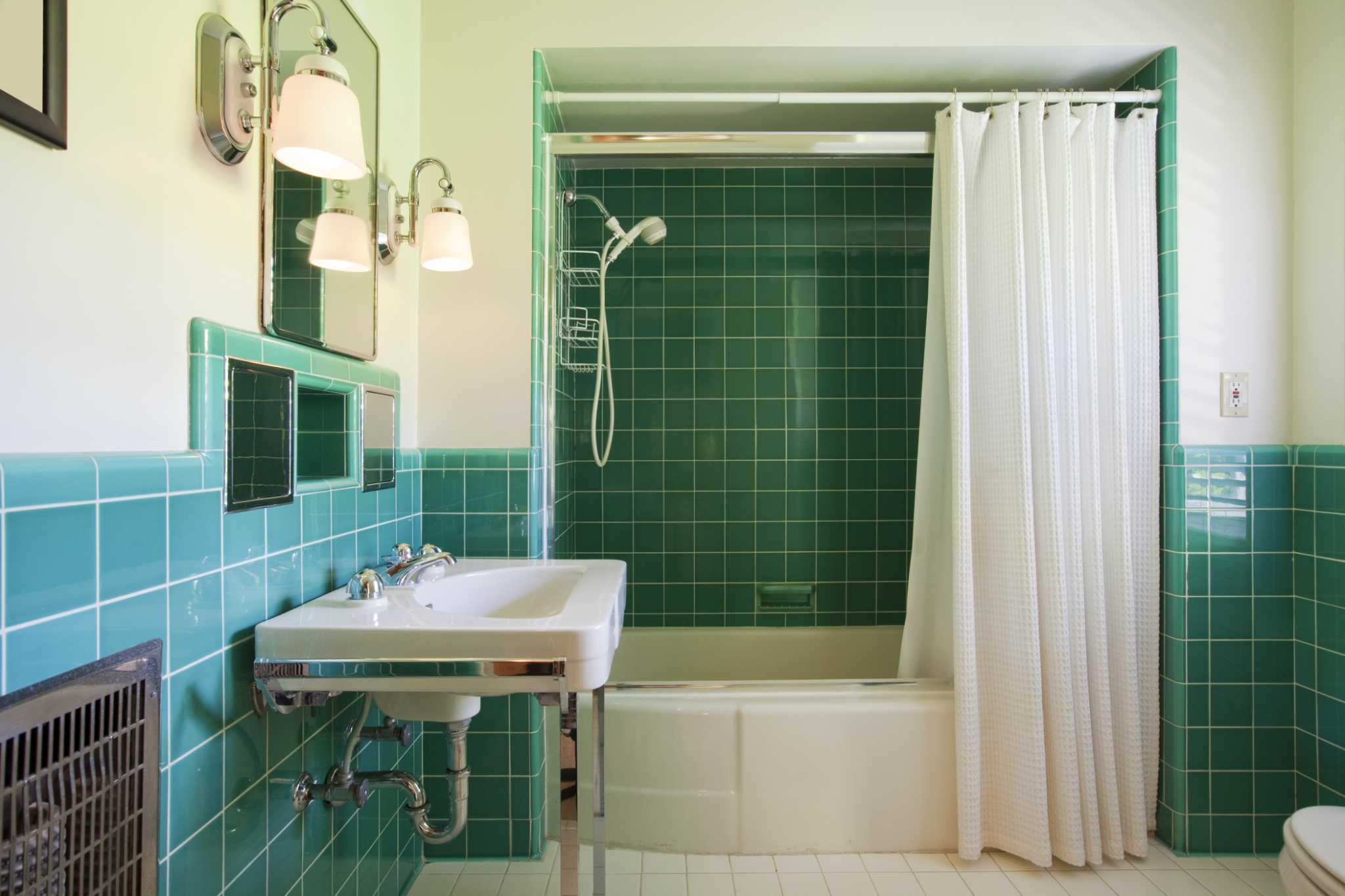
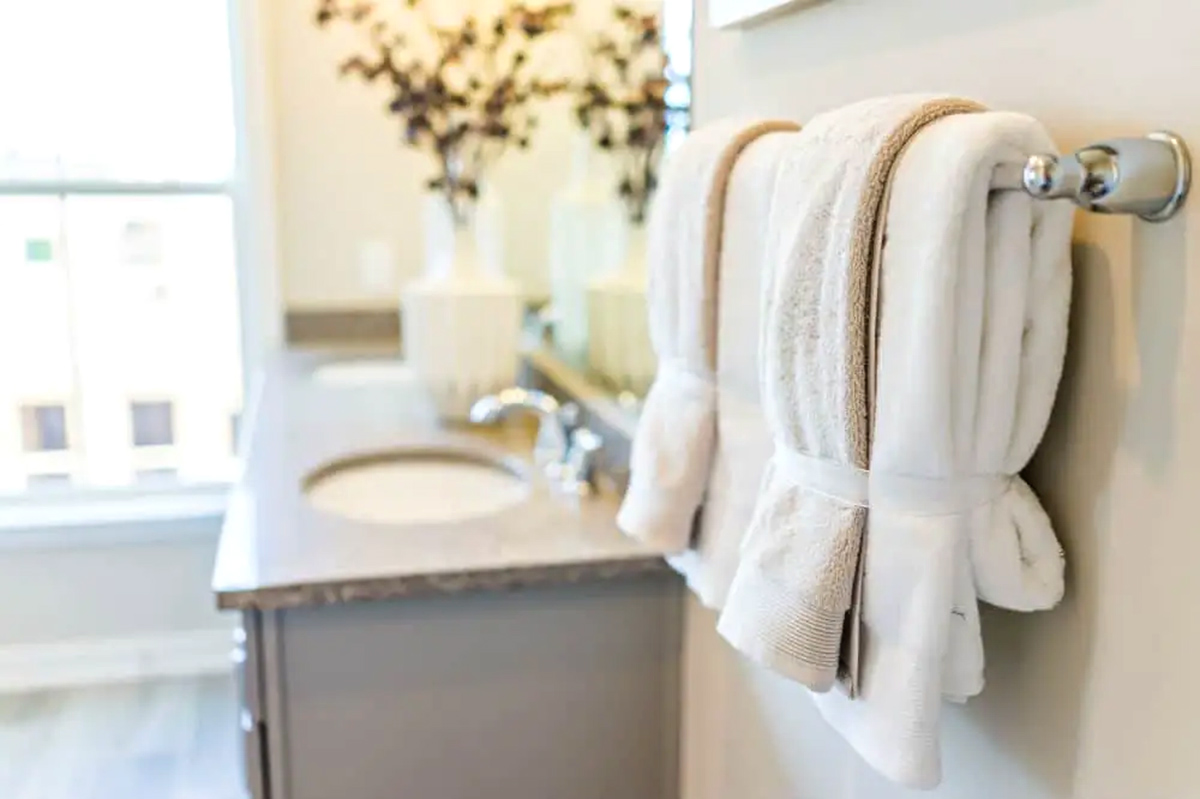

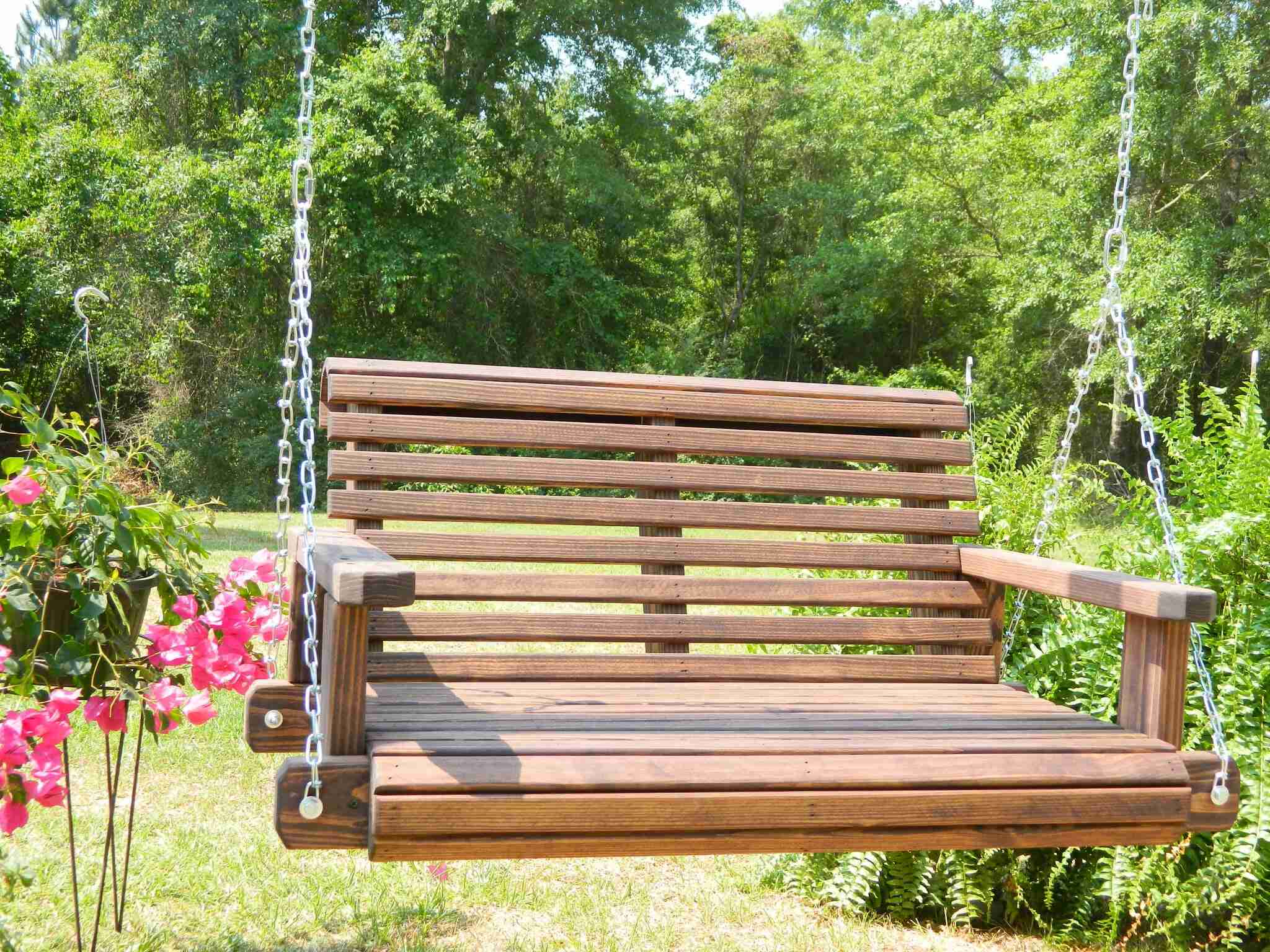

0 thoughts on “How High To Hang Pictures From Interior Design Experts”